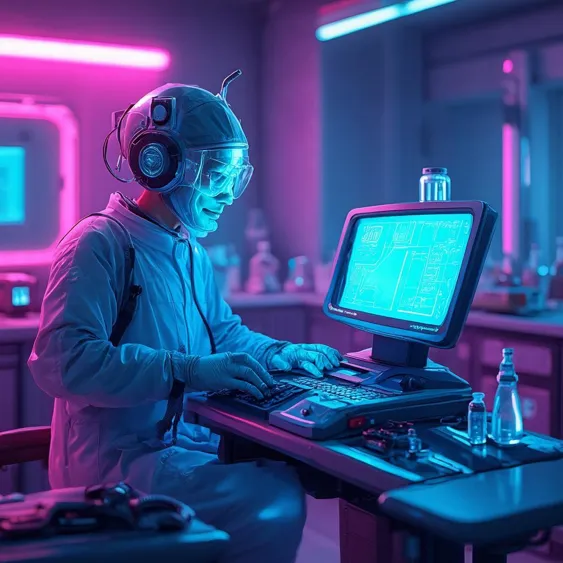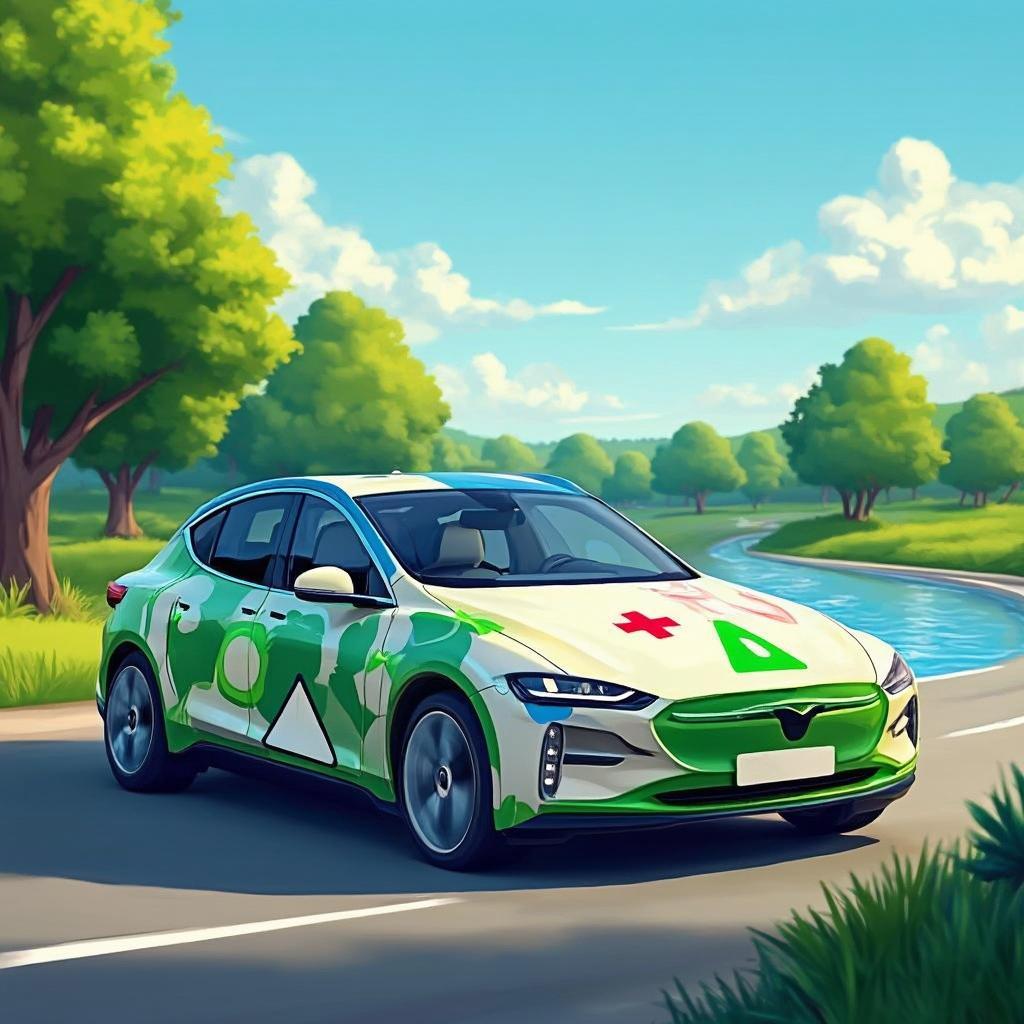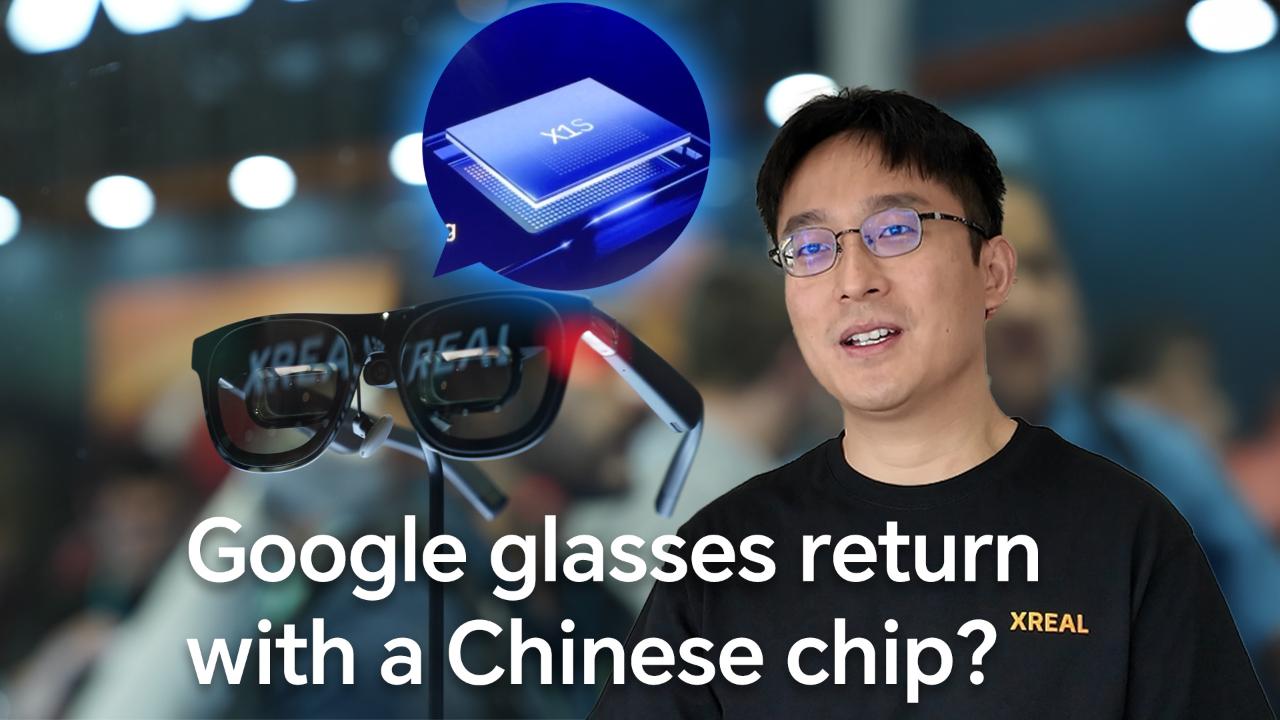NASA, Google Create AI Medical Assistant for Astronauts

The announcement that NASA is partnering with Google to create a space-based AI doctor, CMO-DA, signifies a transformative step in medical technology, particularly for long-duration space missions. As humanity aims for deeper space exploration, including manned missions to Mars, the health and safety of astronauts become paramount. Unlike the relative comforts provided by the International Space Station, which allows for routine communication and supplies from Earth, missions to distant planets will require innovative solutions to potential medical emergencies where immediate, expert guidance might not be available.
The CMO-DA functions as a medical assistant capable of diagnosing and managing injuries in real-time, using input methods such as voice and text. Testing has reported impressive accuracy rates—88% for ankle injuries and 80% for ear pain. This system not only exemplifies the practical use of AI in extreme environments but also represents a critical intersection of healthcare and advanced computing technologies. As AI evolves, systems like CMO-DA could drastically change how medical care is delivered, especially in remote or disaster-stricken areas on Earth, showcasing a dual application of technology.
In conclusion, the collaborative effort between NASA and Google illustrates not just a significant technological achievement but also a necessary evolution of medical practices adapted for the challenges of space. This venture prompts us to ponder: as we continue to develop AI systems for niche applications like space medicine, how can these innovations be reimagined to address healthcare access inequalities on Earth?
Read These Next

Florida Verdict: Tesla Autopilot's Impact on Safety
This article explores the implications of a jury's verdict finding Tesla partially liable for a fatal crash involving its Autopilot technology. It delves into the functionality and limitations of self-driving systems and highlights the need for better consumer understanding and regulatory standards.

OpenAI's Chess Victory: The Future of AI Competition
This article explores the significance of recent AI chess tournaments with OpenAI's o3 model defeating Elon Musk's Grok, highlighting the advances and competitive dynamics in AI development.

Google Teams Up with Chinese Startup for Smart Glasses Relaunch
Google partners with XREAL to launch Project Aura, an AI-integrated smart glasses for Android XR, enhancing AR user experience.
